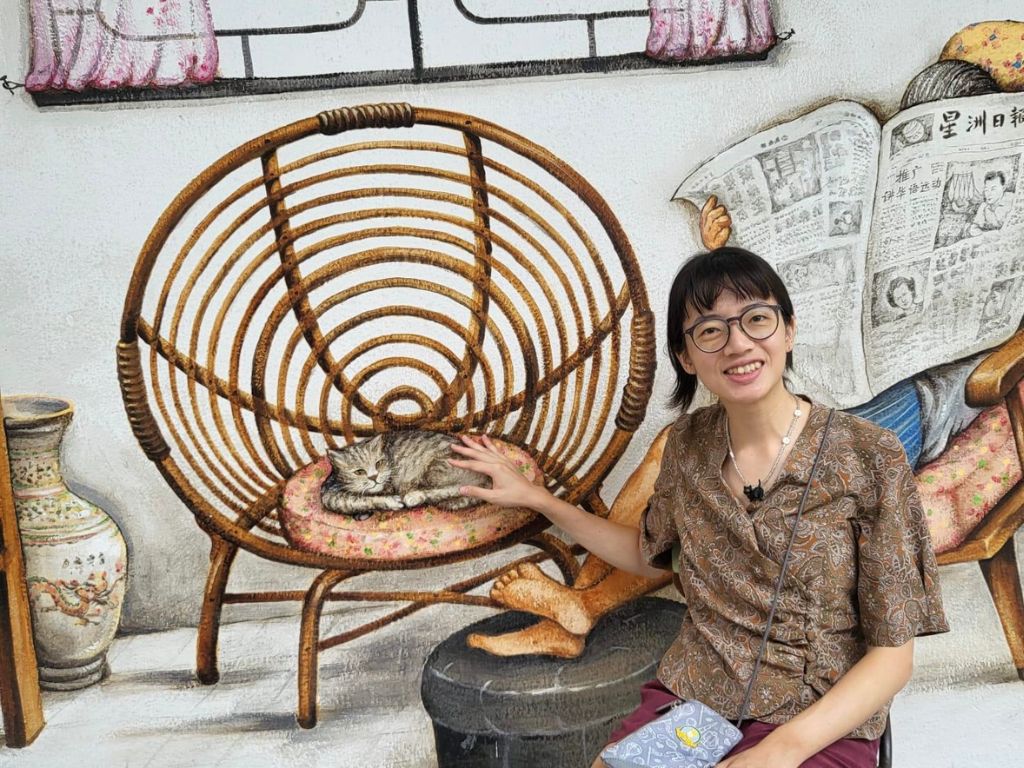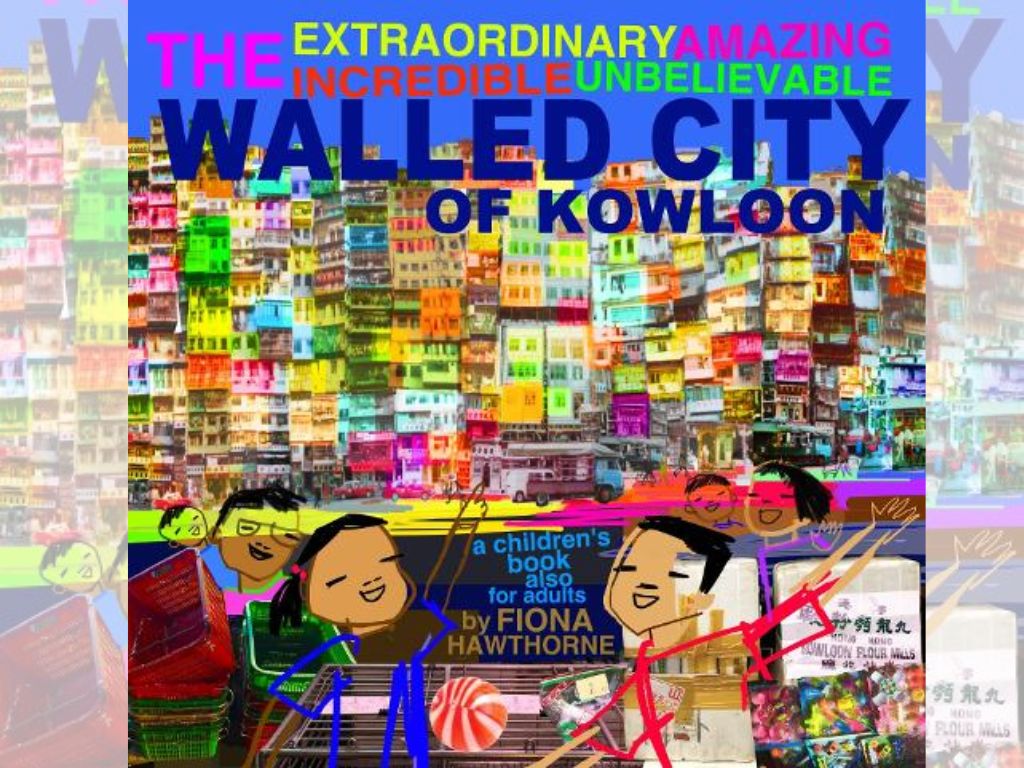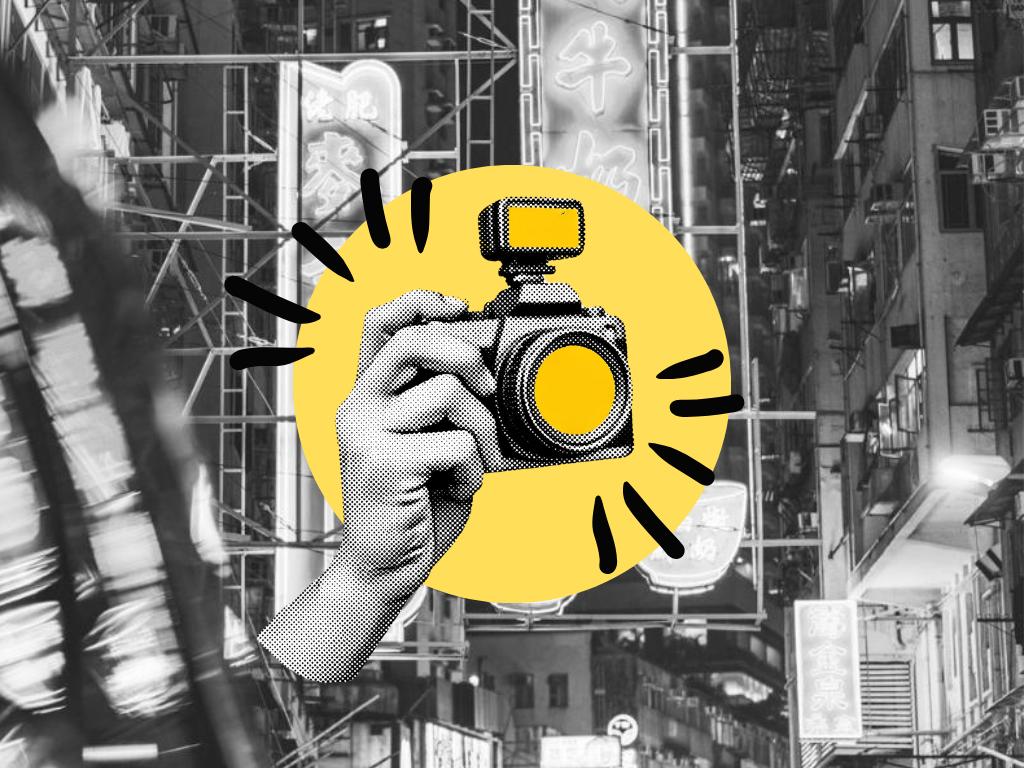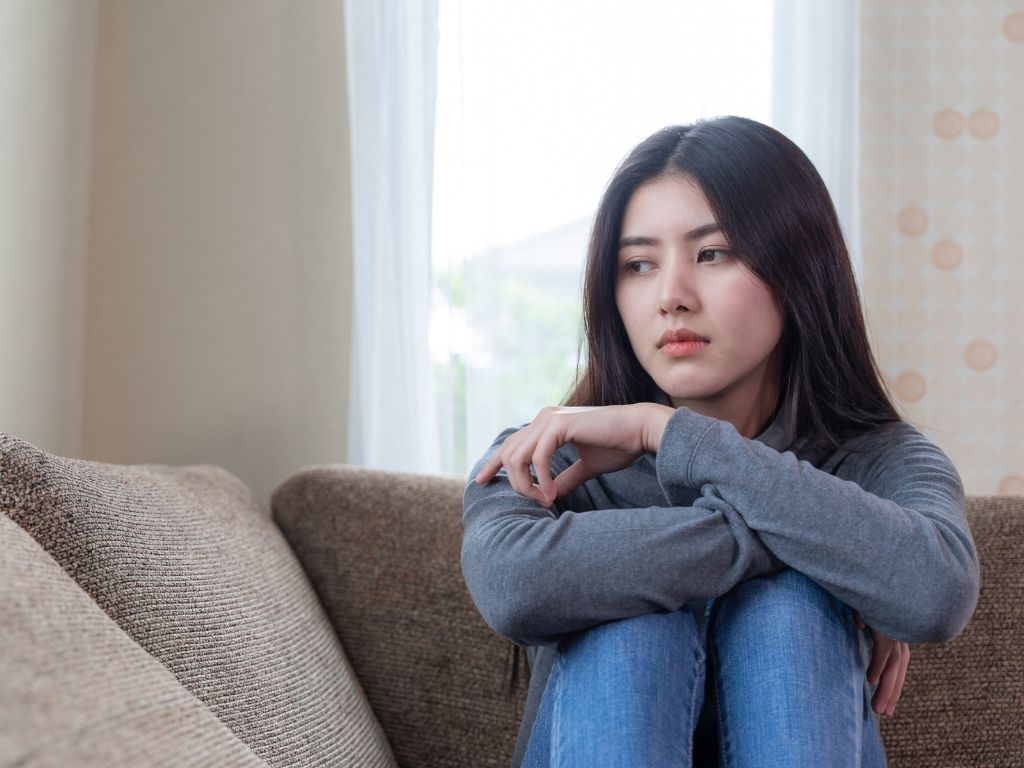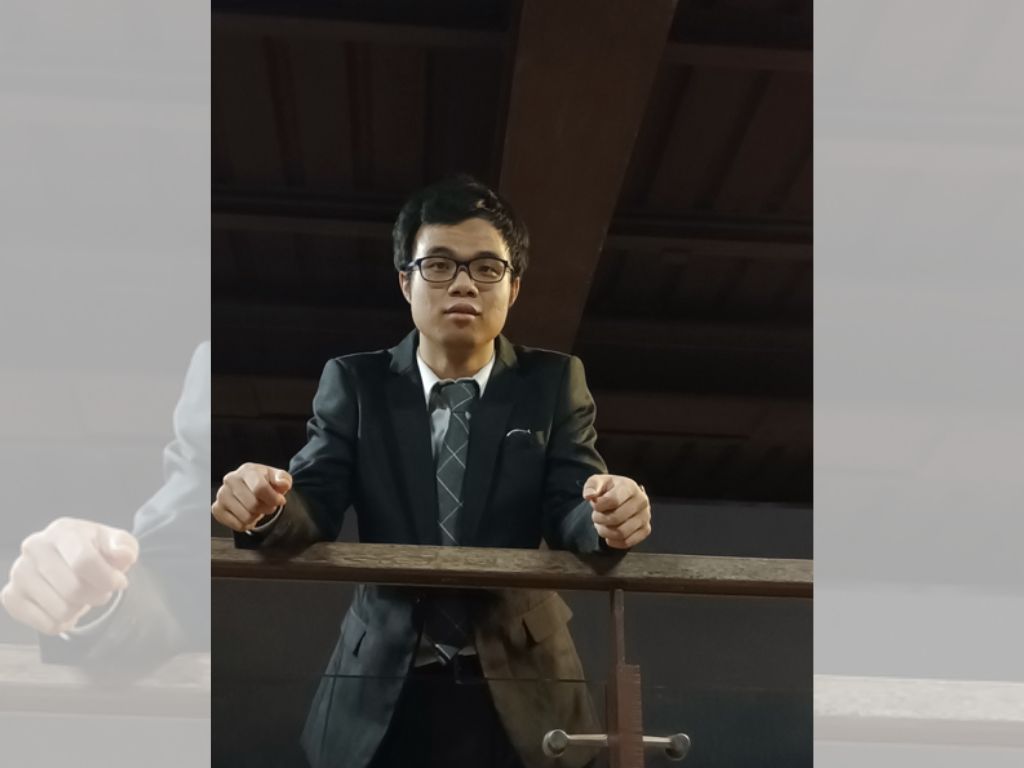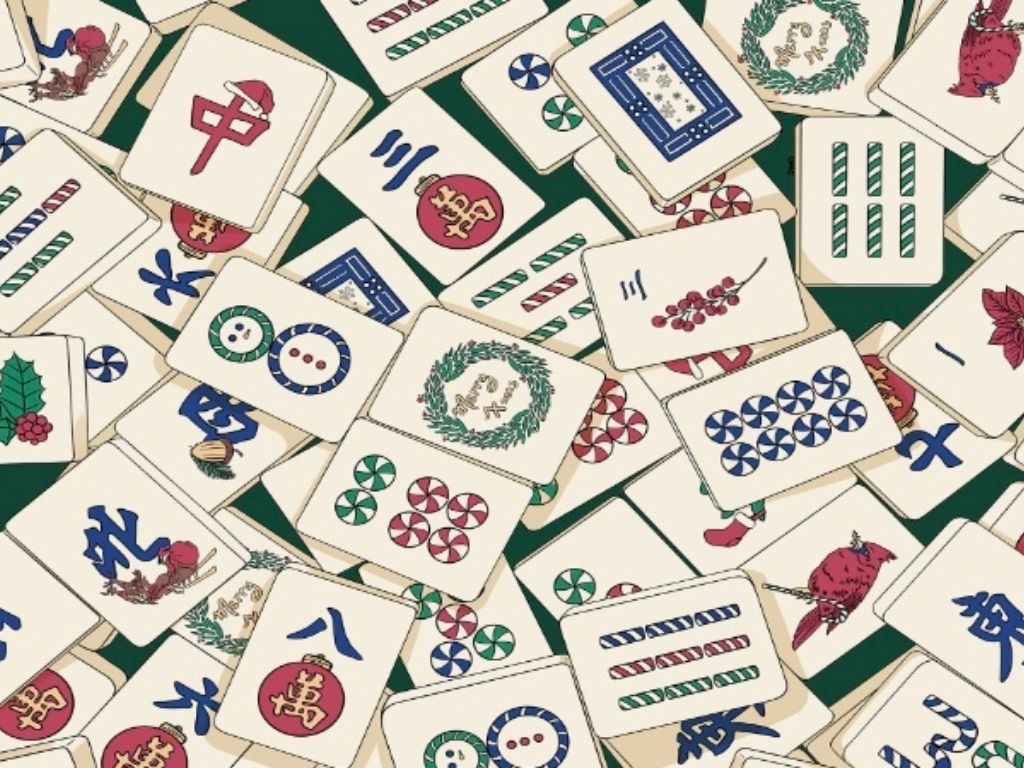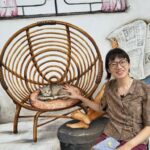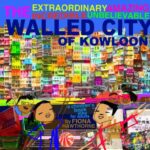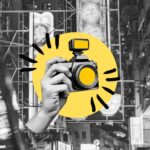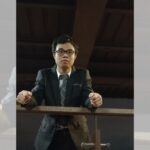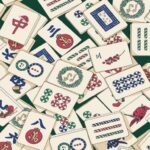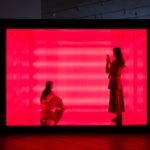Art Exhibition
Isamu Noguchi: A Feeling, White Cube Hong Kong
- Author/ Katie Dowson
Share
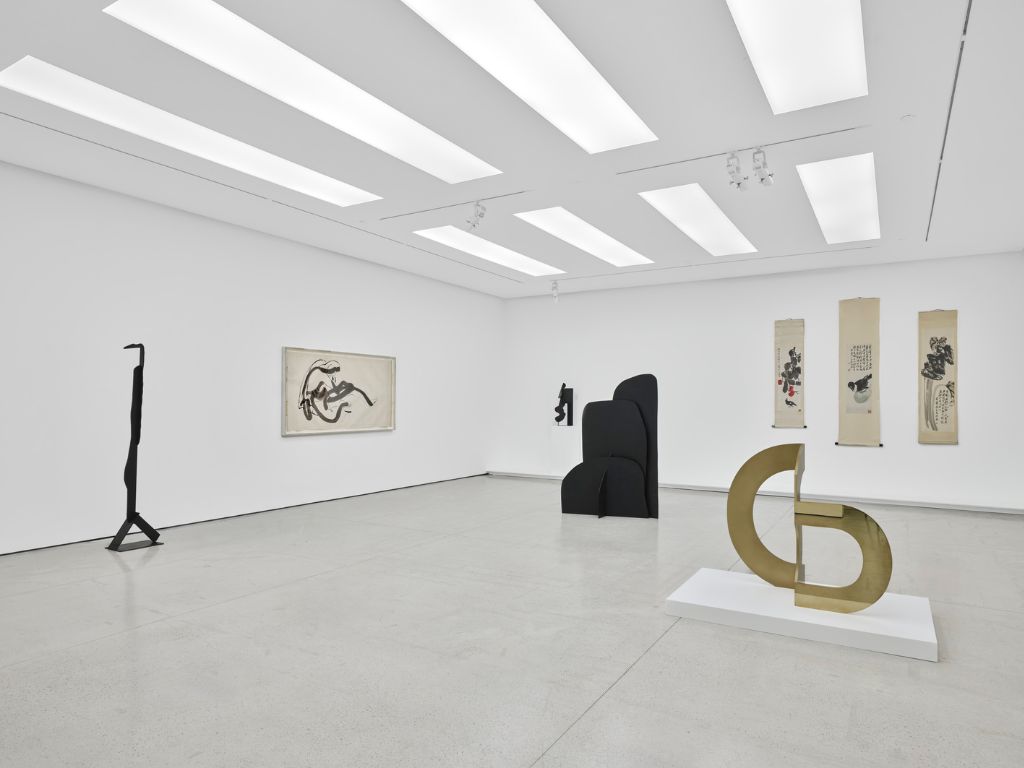
A Feeling, the first solo exhibition in Hong Kong of work from critically acclaimed sculptor Isamu Noguchi, opened at the White Cube gallery in Central on September 12 2025. The exhibit explores the “profound influence” that Chinese master painter Qi Baishi had on his development as an artist during their Beijing-based collaboration in the early 1930s. The show contains a generous amount of Noguchi’s sculptural work, as well as a selection of his earlier series of works created under Qi Baishi’s guidance, titled the Peking Brush Drawings. Also featured are several of Baishi’s original works, on loan from the Yitao collection.
In true White Cube fashion, the show has been curated in such a way as to allow enough breathing room for the viewer to appreciate all of the works in their entirety, both individually and as a collection. As a bonus, after you have made your way through the exhibition, there is also a space to sit down and look through a book featuring a more extensive look at Noguchi’s life’s work.
Born in Los Angeles, California, in 1904, Noguchi was the son of Japanese poet Yone Noguchi and American writer Léonie Gilmour. He spent his childhood in Japan and moved back to the United States as a teenager in 1918 to continue his studies. After enrolling in Columbia University as a pre-medical student, he started taking evening sculpture classes, eventually dropping out of university to become an academic sculptor. Recognition for his work in the United States blew up in the 1940s, when he created a large-scale public commission for the Associated Press Building in New York. In 1985, he founded the Isamu Noguchi Garden Museum (later renamed the Noguchi Museum), also in New York. The following year, he was invited to singularly represent the United States at the 1986 Venice Biennale. Over his six-decade-long career, Noguchi exhibited across the globe, in Japan, Germany, the United Kingdom, Mexico, Switzerland, and the United States. Several of Noguchi’s works are in the Hong Kong’s M+ Museum’s personal collection, with a selection currently on view. He passed away on December 30 1988, and was hailed as “a versatile and prolific sculptor” in his obituary by the New York Times.
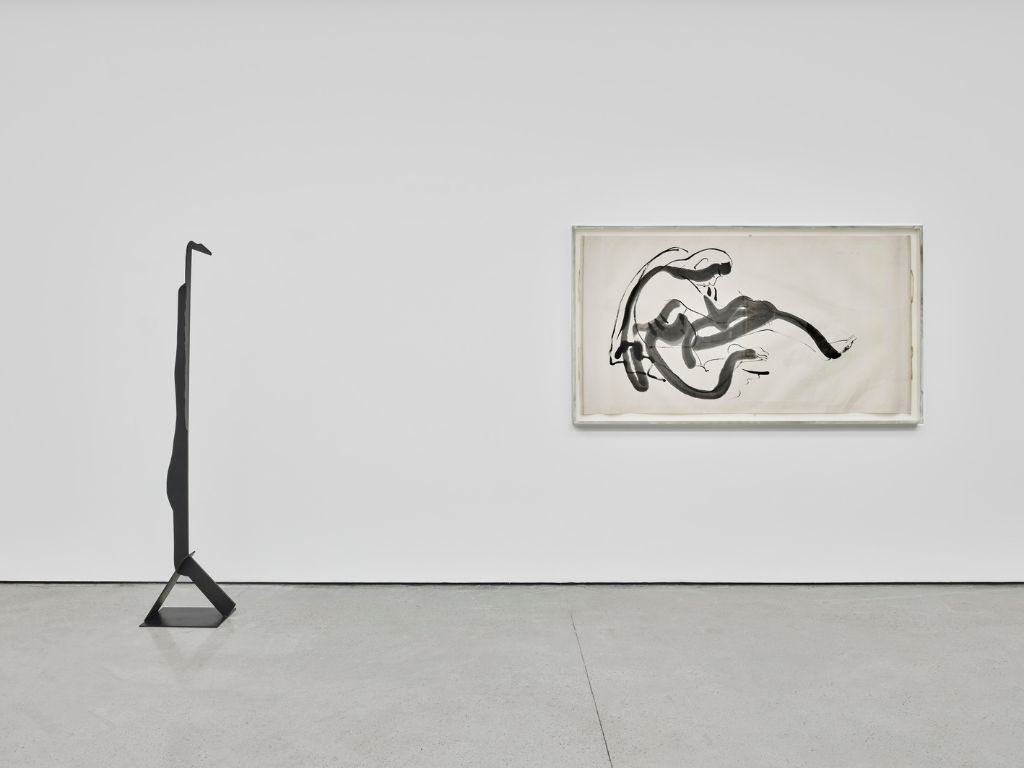
The ink paintings included in this exhibition begin their story when Noguchi was 26 years old. On his way to Japan to reconnect with his father, Noguchi made a detour to Beijing after a sudden estrangement formed between the two. It was there that Noguchi met legendary Chinese artist Qi Baishi, who enlightened him on the intricacies of Chinese ink brush painting and taught him how to use large brushes and “control the ink flow”. Throughout a six-month period between 1930 and 1931, Noguchi would create the Peking Brush Drawings, a series of works characterised by their thick strokes in a flurry of figurative abstraction. These adorn the walls of the exhibition, alongside several of Qi Baishi’s traditional yet whimsical paintings, forming beautiful borders that skirt around the edges of the sculptural works spaced across the gallery’s two storeys.
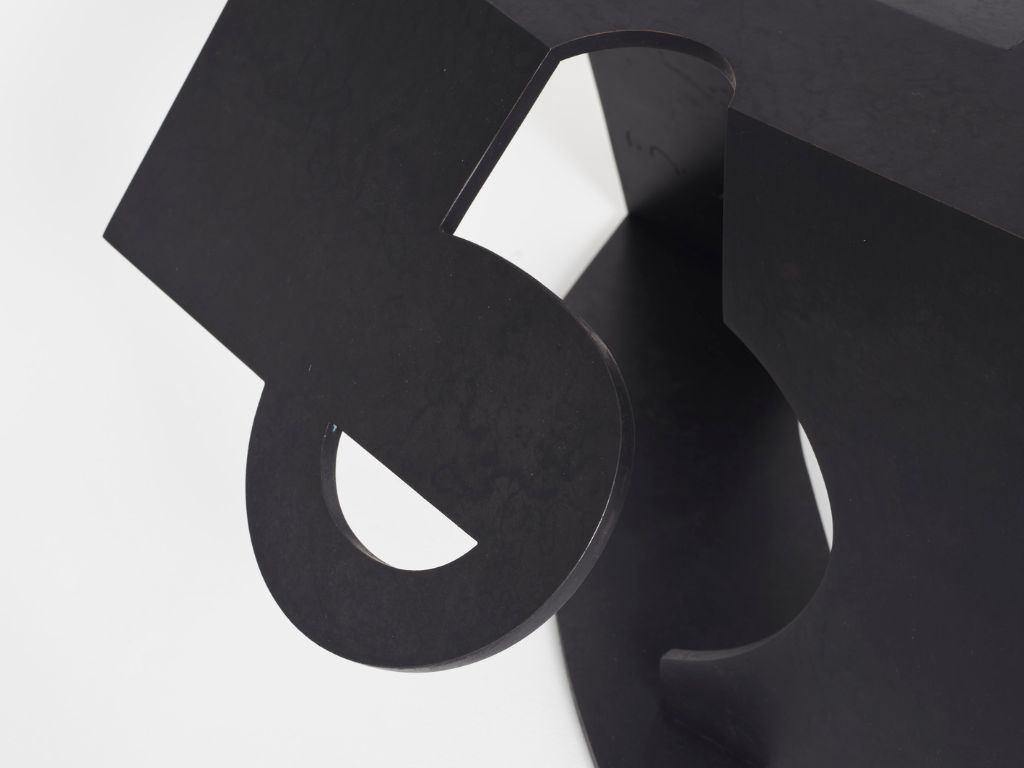
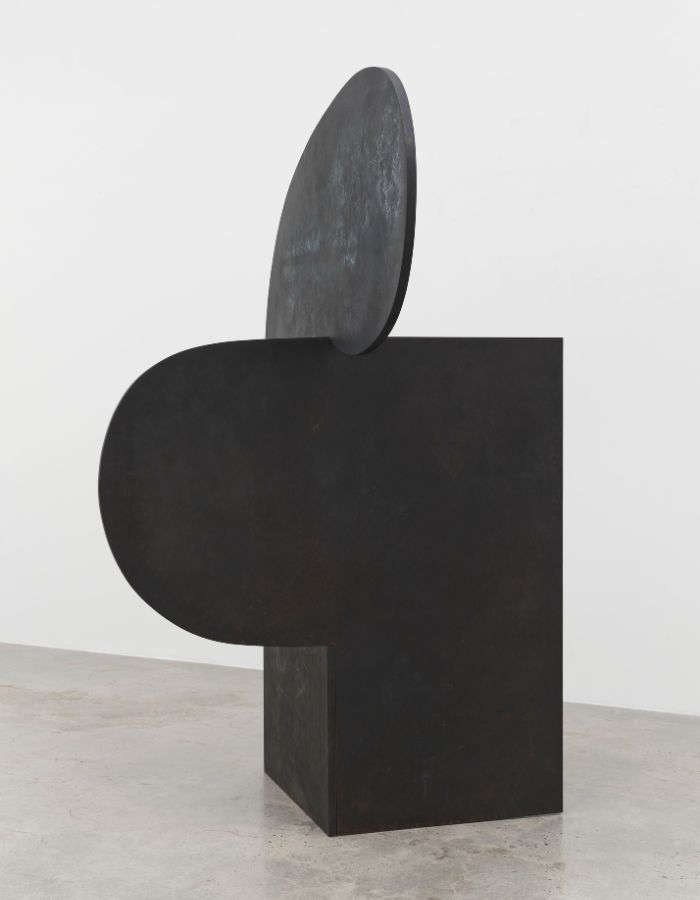
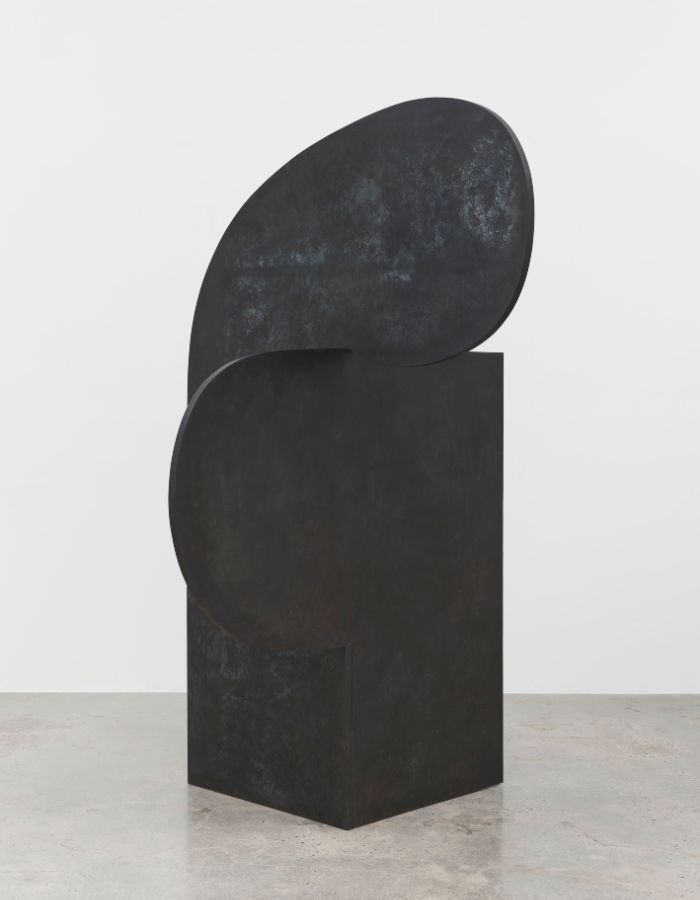
As Noguchi’s primary medium, his sculpted works take centre stage at the show, affirming Noguchi’s dedication to his craft and his belief that sculpture can have a meaningful social impact. The selection of sculptures in the exhibit, largely created during his later career, echoes the fluid organic lines seen in the Peking Brush Drawings series, showing the “lasting impact of calligraphic forms on Noguchi’s sculptural practice” throughout his time working alongside Qi Baishi. Each of the pieces is solid in stature yet unpredictable in form, with a wide variety of size diversity between them, encouraging visitors to explore the gallery space. In some pieces, the hard metal appears gently folded in an origami-like fashion to create angular shapes. His iconic Akari light sculptures read like a love letter to his Japanese heritage, adding warmth to the show through the textural, delicate nature of the washi paper and the use of yellow lighting. Demonstrating Noguchi’s approach being ahead of his time, these stylish lamp profiles would look at home in any modern interior.
A final black bronze sculpture bears the exhibition’s namesake, A Feeling. Reminiscent of the unorthodox geometry seen in an M.C. Escher drawing, the sculpture “testifies to the artist’s facility with bending the rules of working in three dimensions”. It captivates the viewer with endless eyelines and an unclear understanding of where the piece begins and ends.
About the Gallery
Established in London in 1993 by Jay Jopling, White Cube Hong Kong, opened in 2012, was one of the first Western galleries to commit to Asia. In 2020, the gallery opened a space in Paris, and, having established locations in Europe and Asia, the gallery expanded in 2023, opening galleries in Seoul and New York. Over the past three decades, White Cube’s roster of artists has continued to grow and the gallery now represents painters, sculptors and multi-disciplinary artists from 33 countries around the world.
Isamu Noguchi: A Feeling is on at White Cube Hong Kong, 12 September – 18 October 2025, www.whitecube.com.
Share
About the Author
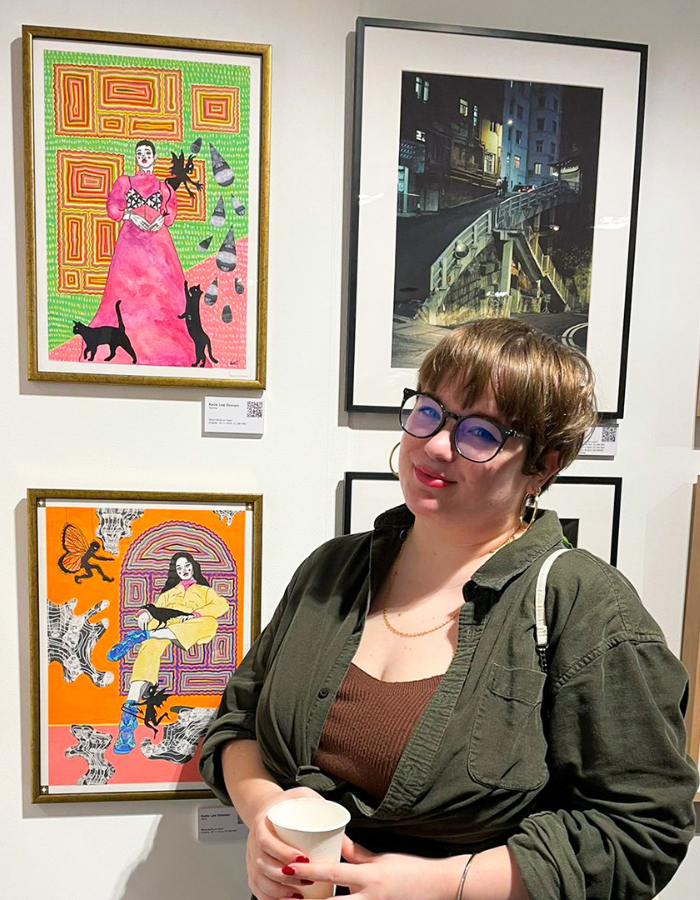
Katie Lee Dowson
Katie Lee Dowson is an artist and graphic designer based in Hong Kong. Her personal projects have explored a wide range of themes and subjects in formats ranging from analog illustration to digital collage. Currently, she is experimenting with artworks that focus on identity, mental health and folklore: @katieleedowsonart.
New Stories
Stay Up To Date
Want the latest insights and fresh content delivered straight to your inbox? Subscribe to our newsletter and stay updated with our exclusive content!
